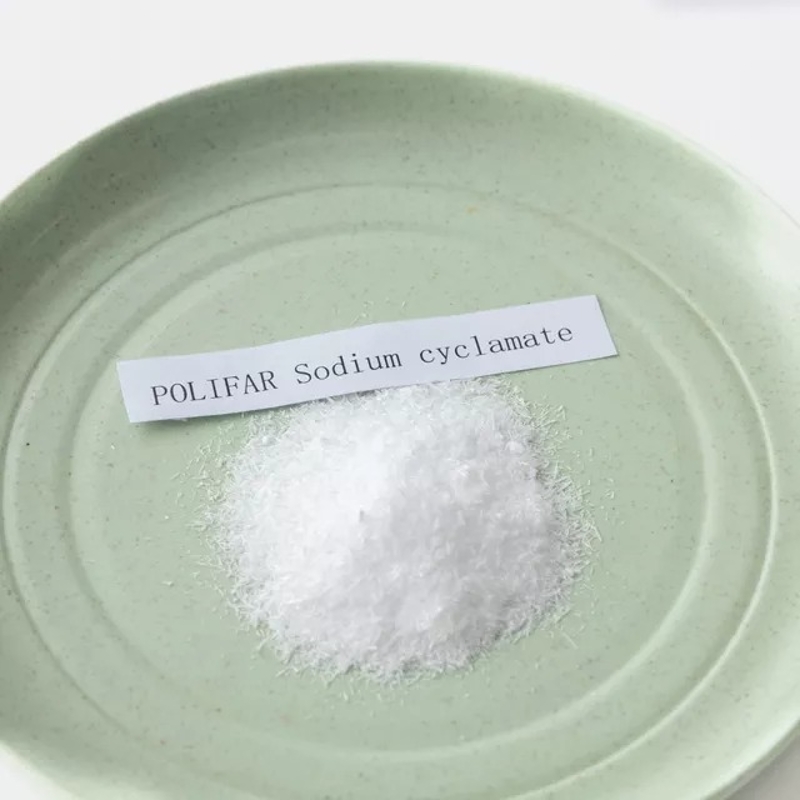On March 31, a study published in Cell Host & Microbe, a journal of Cell Press, found that the human gut microbiota basically reached the composition of an adult at the age of 5, but there are still some important differences.
“What we want to emphasize is that the gut microbiota will continue to develop during childhood.
During childbirth, newborns obtain bacteria from their mother and the environment.
"The gut microbiota in infancy has always been the focus of attention.
To find out, the researchers analyzed the gut microbiota of 471 Swedish children from birth to 5 years of age.
The results showed that the greatest change in the composition of the gut microbiota occurred between 4 and 12 months.
Co-first author Lisa Olsson from the University of Gothenburg said: “We found that the bacterial genera that account for the majority of the adult gut microbiota are formed within 3 years.
The abundance of the intestinal microbiota of 5-year-old children is not as high as that of adults, such as Methanobrevibacter and Christensenellaceae.
Among them, low abundance and high proportion of R.
In addition, children who gain less than expected weight between 12 months and 5 years old have less mature gut microbiota at 12 months.
Consistent with previous results, the researchers observed that the way of birth has a great influence on the gut microbiota in the early stages of life.
Researchers believe that this study provides a reference for the normal establishment and development of the intestinal microbiota in early childhood.
Related paper information: http://dx.
http://dx.
doi.
org/10.
1016/j.
chom.
2021.
02.
021
This article is an English version of an article which is originally in the Chinese language on echemi.com and is provided for information purposes only.
This website makes no representation or warranty of any kind, either expressed or implied, as to the accuracy, completeness ownership or reliability of
the article or any translations thereof. If you have any concerns or complaints relating to the article, please send an email, providing a detailed
description of the concern or complaint, to
service@echemi.com. A staff member will contact you within 5 working days. Once verified, infringing content
will be removed immediately.







